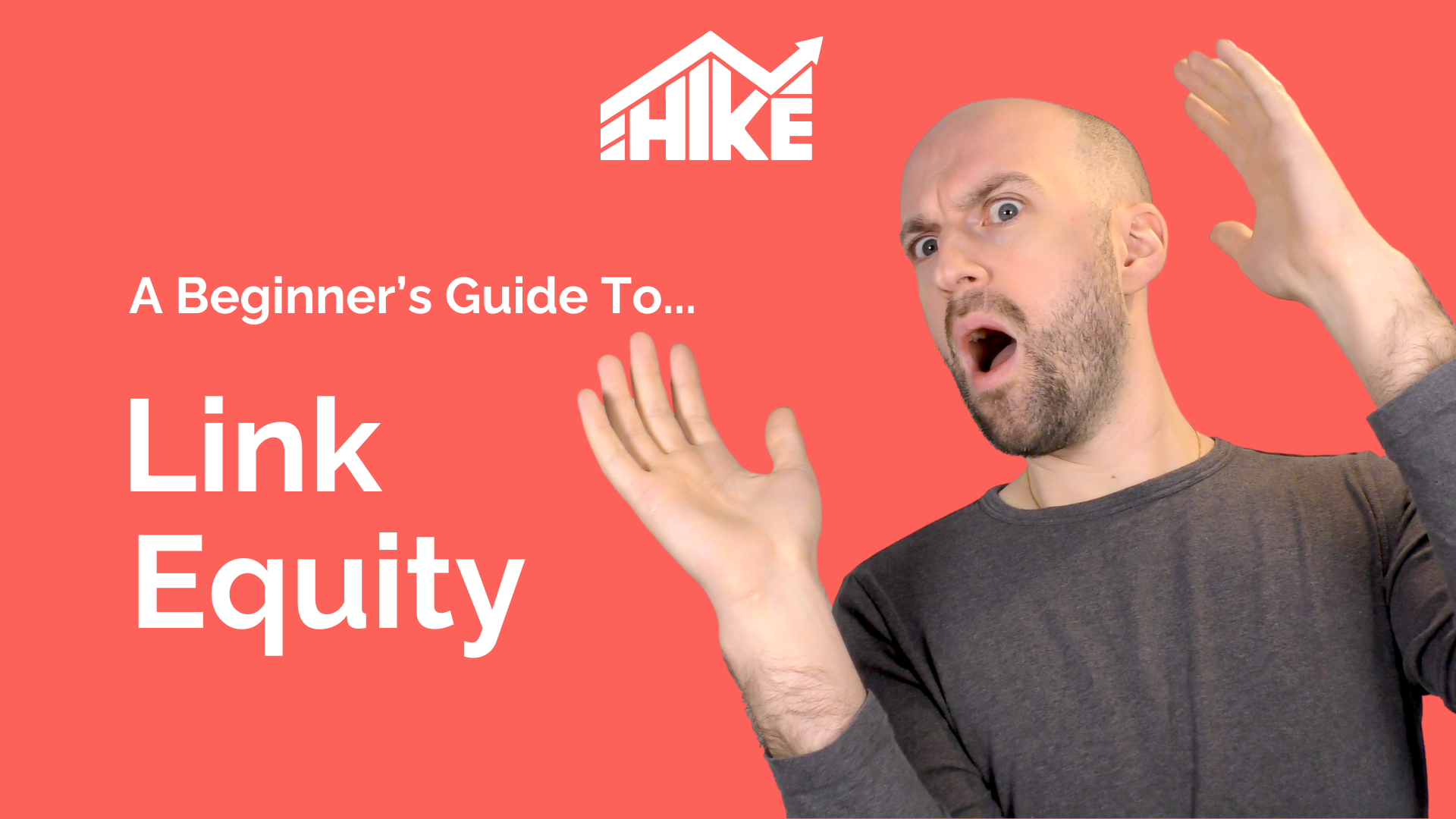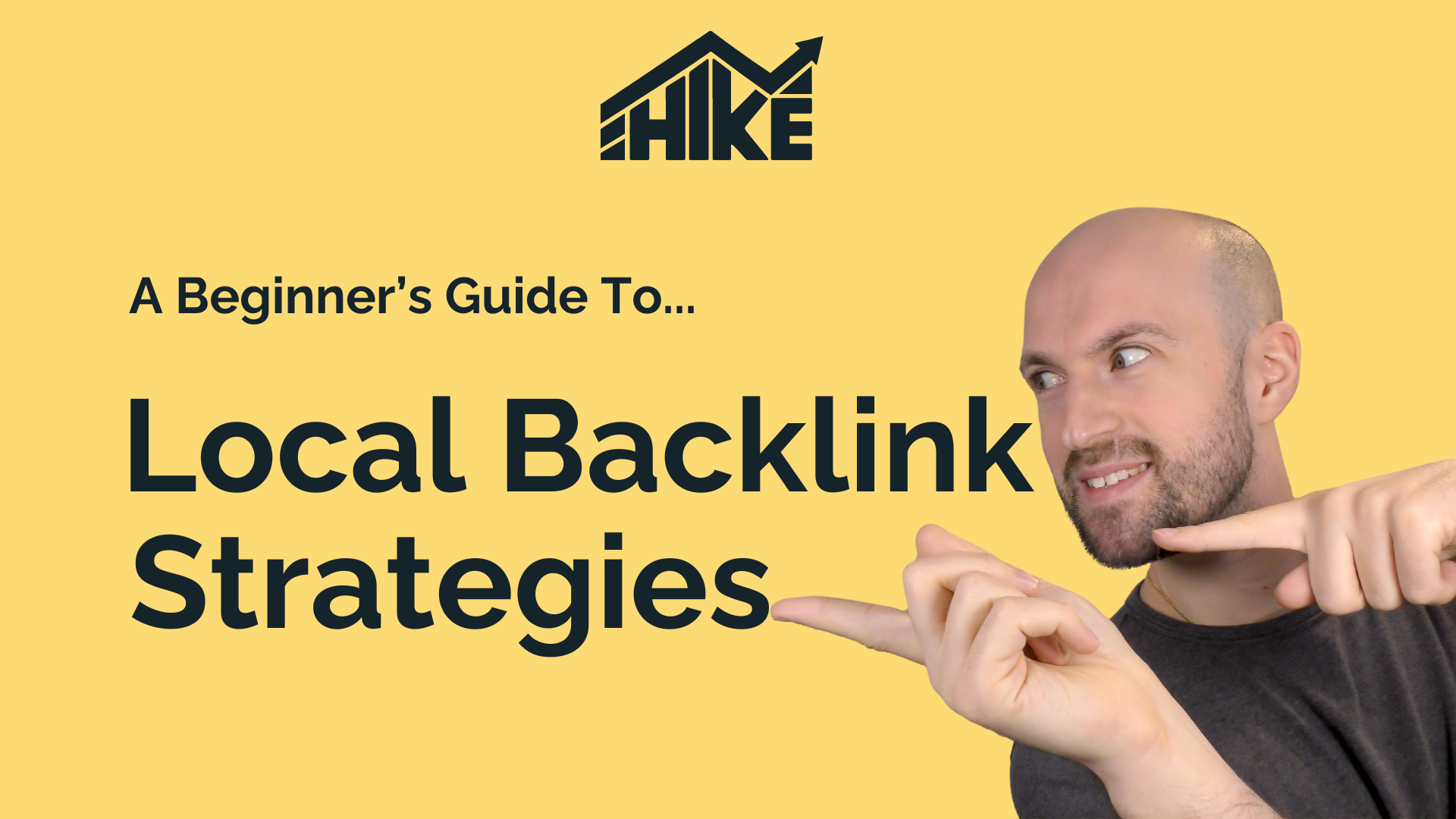In this video, we’re diving deep into the realm of image alt text, unraveling its significance for optimal image optimization and SEO performance. You can watch the video or read the text summary below:
Understanding Image Alt Text
In this video, we’ll cover the basics of image alt text, why it’s crucial for SEO, and how to effectively implement it on your website. You’ll gain insights into crafting compelling alt text, decipher good and not-so-good examples, and discover best practices for maximizing the impact of image alt text.
What is Image Alt Text?
Image alt text, also known as alt tags, alt descriptions, or alternative text, serves as a textual description of an image. This accessibility feature aids users with visual impairments who rely on screen readers to navigate web pages. Alt text is embedded in the HTML code and provides context for the image, making it essential for a comprehensive user experience.
Why Image Alt Text Matters
Accessibility: According to the Web Content Accessibility Guidelines, alt text is crucial for improving content accessibility for users with disabilities, ensuring a seamless browsing experience.
User Experience: Alt text becomes invaluable for users with low bandwidth connections, replacing broken image links with descriptive text, allowing them to understand the image’s content even if it doesn’t load.
Image Visibility: Crafting effective alt text contributes to increased visibility in Google Image Search and image packs in SERPs, enhancing your overall online presence.
How to Add Image Alt Text
Adding alt text to your images is a straightforward process. Most Content Management Systems (CMS) provide a designated field for alt text, automatically filled based on file names or metadata. For manual image additions through HTML, you can easily embed alt text within the image code.
Example:
<img src="image.jpg" alt="Description of the image">
Crafting Effective Alt Text
Nonspecific but Detailed Alt Text:
Example: “City skyline with skyscrapers at dusk with pink and blue sky.”
Specific and Detailed Alt Text:
Example: “London UK Skyline with the Shard and Gherkin visible at dusk with pink and blue sky.”
Alt Text Best Practices
Be Specific and Contextual: Provide detailed descriptions, incorporating context relevant to the page’s topic or keywords.
Keep it Short: Aim for alt text under 125 characters, maintaining a balance between clarity and conciseness.
Avoid Redundancy: Skip phrases like “Picture of” or “Image of,” as they’re unnecessary and redundant for web crawlers.
Use Keywords Sparingly: If relevant, incorporate keywords naturally, avoiding keyword stuffing.
Check for Spelling Errors: Conduct a spell check to ensure accurate alt text representation.
Skip Alt Text for Decorative Images: Omit alt text for purely decorative images or those adequately described within surrounding content.
Thank you for joining us on this exploration of image alt text and its pivotal role in SEO optimization. If you have any questions, feel free to reach out. Don’t forget to explore Hike SEO, a fantastic platform empowering beginners, small businesses, and agencies to take control of their SEO journey. Visit hikeseo.co for a closer look. For more insightful videos, check out Hike’s YouTube channel, and dive into a wealth of SEO knowledge at hike.seo.co/learn. Until next time, take care and happy optimizing!



